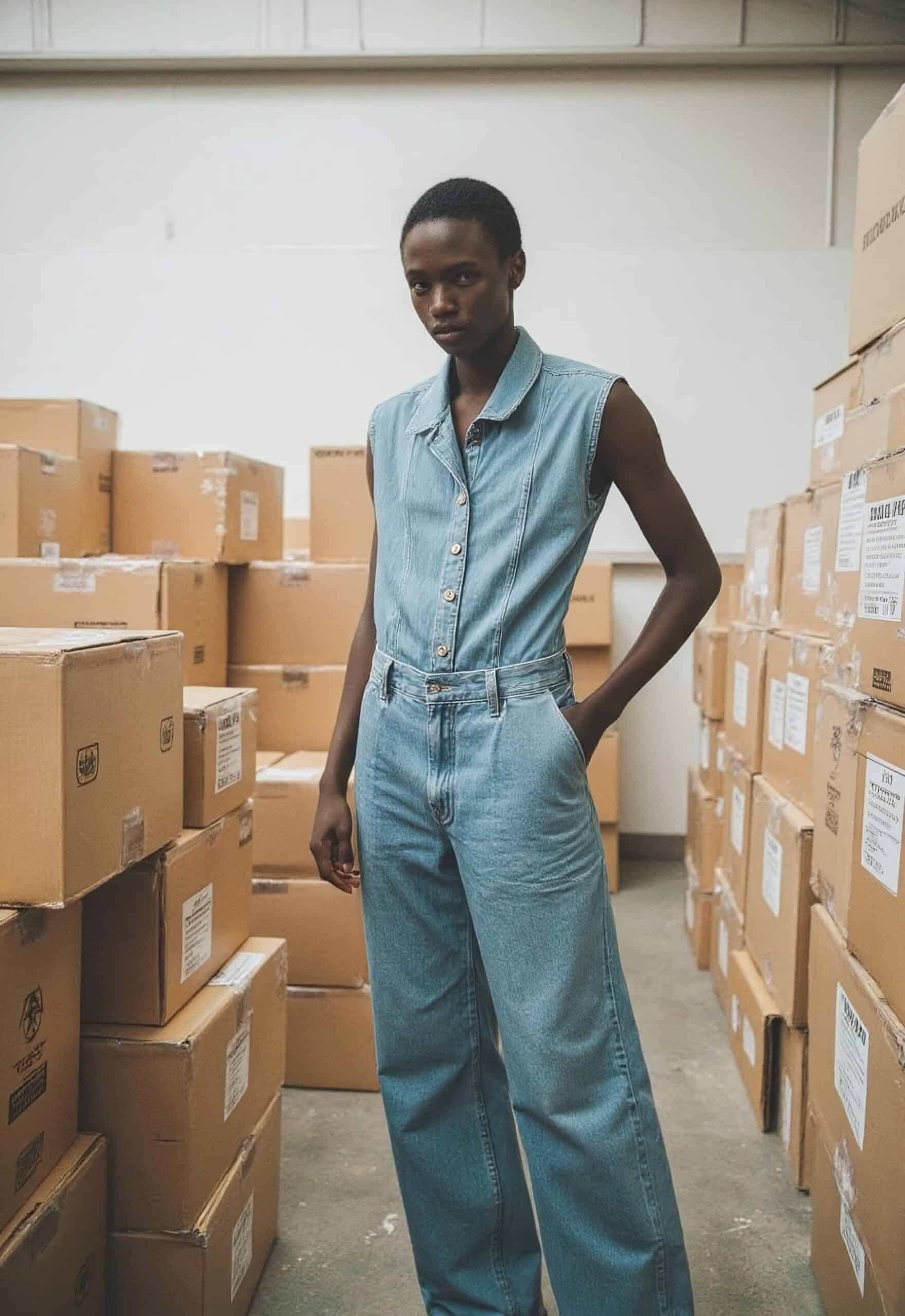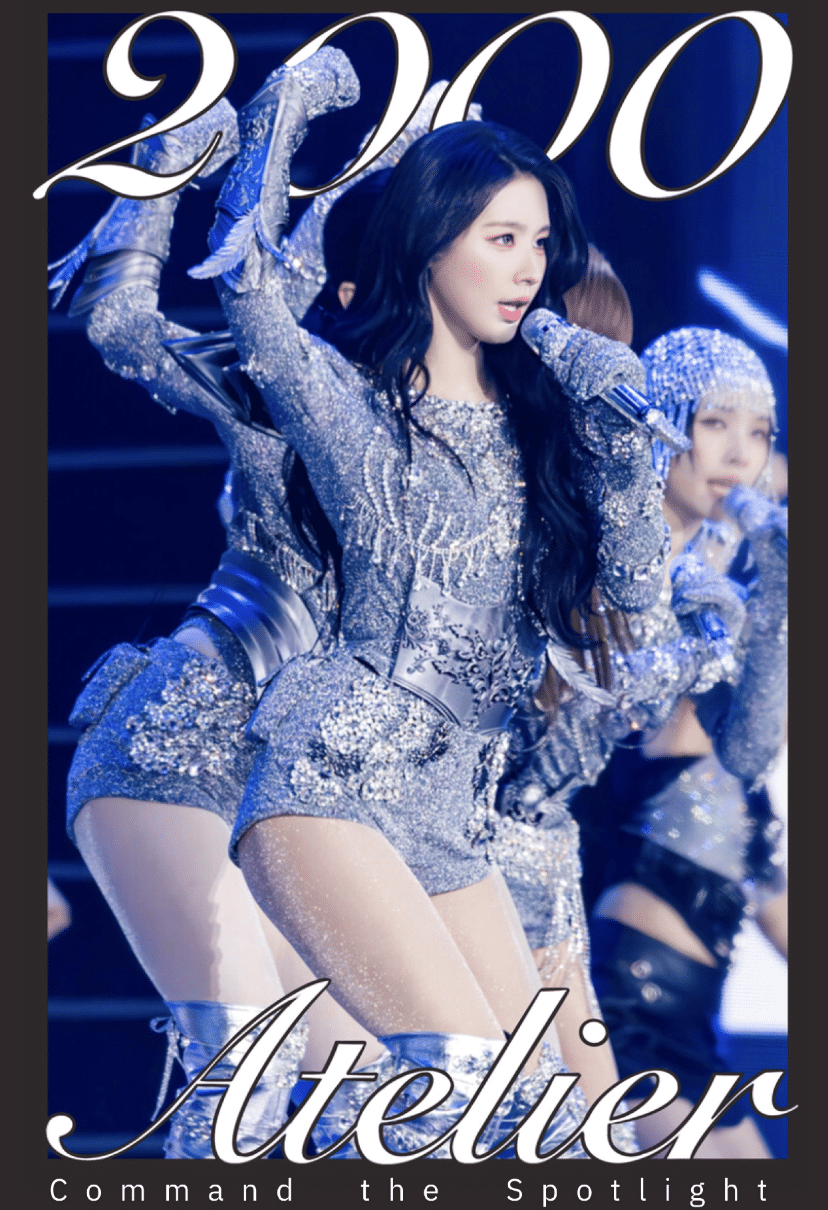Until 2024, brands have been clearing out inventory through large-scale platform promotions, their own pop-up stores, store seasonal closures, and their own mall promotions. However, as we approach 2025, these methods are showing their limitations. Now is the time to point out the inefficiencies of existing methods and seek new alternatives.
1. Intensifying competition for platform exposure
Promotions on fashion platforms no longer function as a stable source of revenue for brands.
– Excessive competition : With more and more brands participating in massive discount promotions, consumers are left with too many choices.
– Exposure limitations : The platform’s algorithm focuses on brands that are advantageous in terms of top exposure, and small and medium-sized brands are pushed out of the competition.
– High commissions : Brands are reducing their margins by lowering their production-to-sales price to compensate for the lower consumer sentiment, and as a result, platform usage fees and commissions are taking up a larger portion of sales, which is reducing actual margins excessively.
2. The spread of pop-up stores
Pop-up stores, once hailed as a novel sales strategy, have now become commonplace.
– High cost issues : ROI is trending downward due to rental fees, interior design, and personnel operating costs.
– Consumer fatigue : In the flood of pop-up stores, consumers are no longer interested.
3. Reduced response due to frequent sales
As consumers become accustomed to frequent discounts, they now need to offer greater benefits to get a response.
– Damage to brand image : Frequent sales weaken the brand’s premium image and make people avoid purchasing at regular price.
– Diminishing discount effect : As the discount rate increases, consumers postpone their purchases and wait for the next discount promotion.
4. Increase in meta advertising unit price
The rising cost of digital advertising platforms has significantly reduced the effectiveness of its mall promotions.
– Intensifying advertising competition : Advertising costs have risen sharply due to the focus on the same keywords and targeting.
– Reduced ROI : The sales effect compared to advertising costs is reduced, which is an excessive burden for small and medium-sized brands.
Do you need a more proactive inventory management solution?
So what is the solution that can efficiently deplete the inventory needed right now?
That’s right, using a private sale platform. It’s a way to quickly clear out inventory while maintaining your brand image without external exposure.
Advantages of a Private Sale Platform
1. Brand image protection
– Maintains the luxury of the brand by not exposing discount information to the outside in a closed shopping mall.
– Instead of targeting consumer sentiments accustomed to discounts, secure stable sales channels through new networks.
2. Minimize operational burden
– Just provide the product list and discount rate, and the platform will take care of the entire process from product upload to customer service processing and settlement.
– Consumes significantly less internal resources compared to company mall promotions or pop-up stores.
3. Efficient inventory exhaustion
– Using the network of executives and employees of the store brand, it targets a closed customer base with high purchasing power.
– Create a viral effect by reaching new customers rather than existing consumers.
4. Maximize ROI
– Efficient inventory depletion is possible without fixed advertising and rental costs.
– Revenue is only deducted from sales sold, so you can clearly see the cost-effectiveness.
Services like SecretFlash can tap into a closed, yet powerful customer base by leveraging the network of employees across all brands they serve.
If you’d like to learn more about inventory optimization for fashion brands in 2025, check out these articles:
이 글은 한국어 (Korean)로도 제공됩니다








